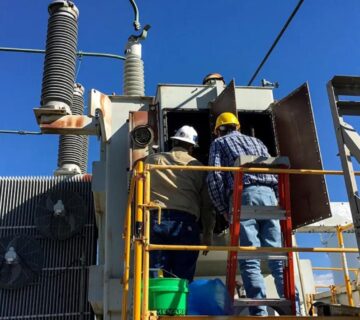Transformers are vital components in electrical power systems, ensuring that voltage levels are appropriately adjusted for transmission and distribution. Like all complex machinery, transformers require regular servicing to operate efficiently and safely. This article explores the significance of transformer servicing and how regular maintenance can extend the lifespan of these essential devices.
1. Preventing Unexpected Failures
Regular transformer servicing is key to preventing unexpected failures. Over time, transformers can experience wear and tear from electrical stresses, overheating, and external factors like weather. Routine maintenance helps identify potential issues early on, reducing the risk of catastrophic failures that can cause costly downtime and repairs.
2. Ensuring Optimal Performance
To maintain peak performance, transformers need periodic checks for components such as bushings, tap changers, and insulation. Regular servicing ensures that these components are functioning correctly, helping the transformer operate efficiently. This reduces the likelihood of energy loss, improving the overall efficiency of the electrical system.
3. Extending Transformer Lifespan
Transformers are costly investments, and extending their lifespan is crucial for reducing replacement costs. Proper servicing, including cleaning, oil testing, and insulation checks, helps mitigate issues like corrosion and degradation. This not only extends the operational life of the transformer but also optimizes its long-term performance.
4. Enhancing Safety and Compliance
In industrial and commercial settings, transformers are often subject to strict safety and compliance regulations. Regular servicing helps ensure that the equipment is up to code and operates within safety standards. Inspections and maintenance minimize the risk of accidents, such as electrical fires or shock hazards, protecting both personnel and equipment.
5. Saving on Future Costs
While transformer servicing requires an investment of time and resources, it ultimately saves money by reducing the need for expensive emergency repairs and replacements. By identifying small problems before they escalate, servicing helps avoid larger, more costly issues down the line. This proactive approach can help businesses save significant amounts in the long run.
Conclusion
Transformer servicing is an essential aspect of maintaining a reliable and efficient electrical system. Regular maintenance ensures that transformers operate at peak performance, extends their lifespan, and reduces the risk of unexpected failures. By investing in consistent servicing, businesses can safeguard their equipment, enhance safety, and avoid costly repairs, making transformer maintenance a vital part of any long-term strategy for electrical infrastructure management.








No comment